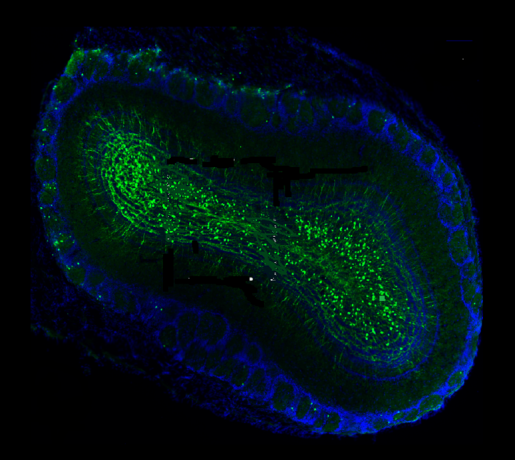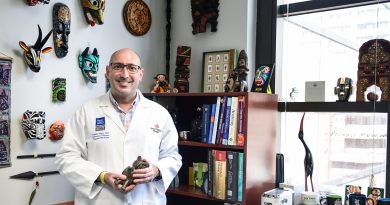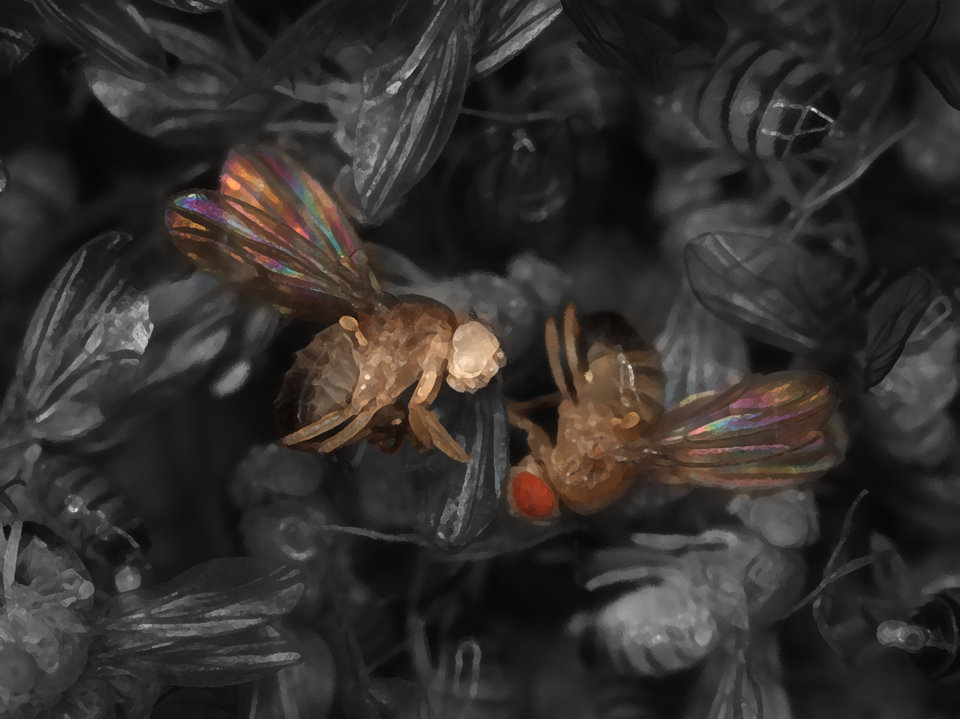Image of the Month: Plasticity of adult-born neurons
Learning a new language, playing a musical instrument for the first time or just adapting to the ever-changing daily activities count on the brain’s plasticity, its ability to modify itself by rearranging existing neural networks and forming new ones to acquire new functional properties. This also helps neural circuits to remain healthy, robust and stable. But how does brain plasticity happen?


Dr. Brandon Pekarek and colleagues in Dr. Benjamin Arenkiel’s lab discovered that oxytocin, a peptide, or short protein, produced in the brain, drives the development and synaptic integration of new neurons within the adult mouse brain, directly contributing to adaptability and circuit plasticity involved the olfactory bulb of adult mice.
The image of the month reveals that oxytocin receptors are dynamically expressed (green) in developing adult-born neurons in the olfactory bulb, mediating oxytocin’s actions in the brain.
Interested in learning how oxytocin contributes to brain plasticity? Read the paper in Genes & Development, and an interview with the authors in From the Labs .

Dr. Benjamin Arenkiel is professor of molecular and human genetics and of neuroscience at Baylor College of Medicine and an investigator at the Jan and Dan Duncan Neurological Research Institute at Texas Children’s Hospital. Arenkiel also is a McNair Scholar.



